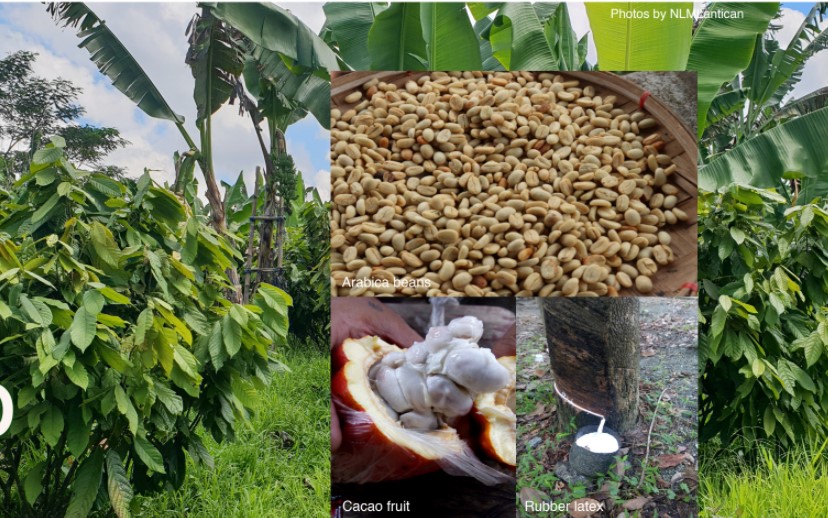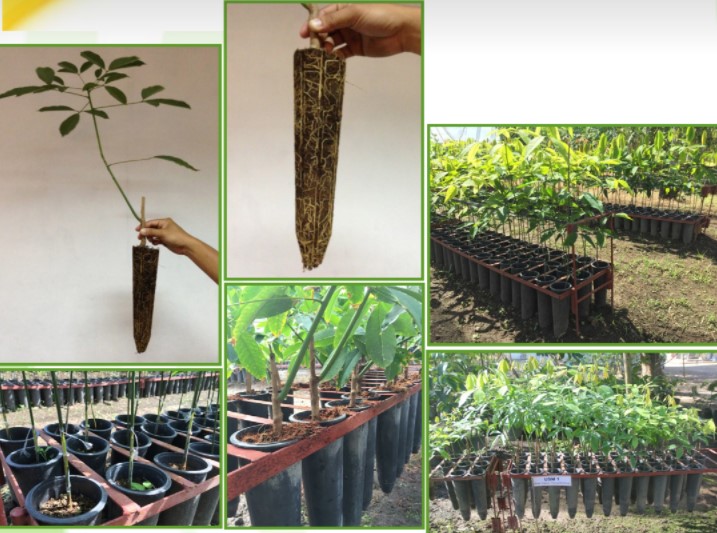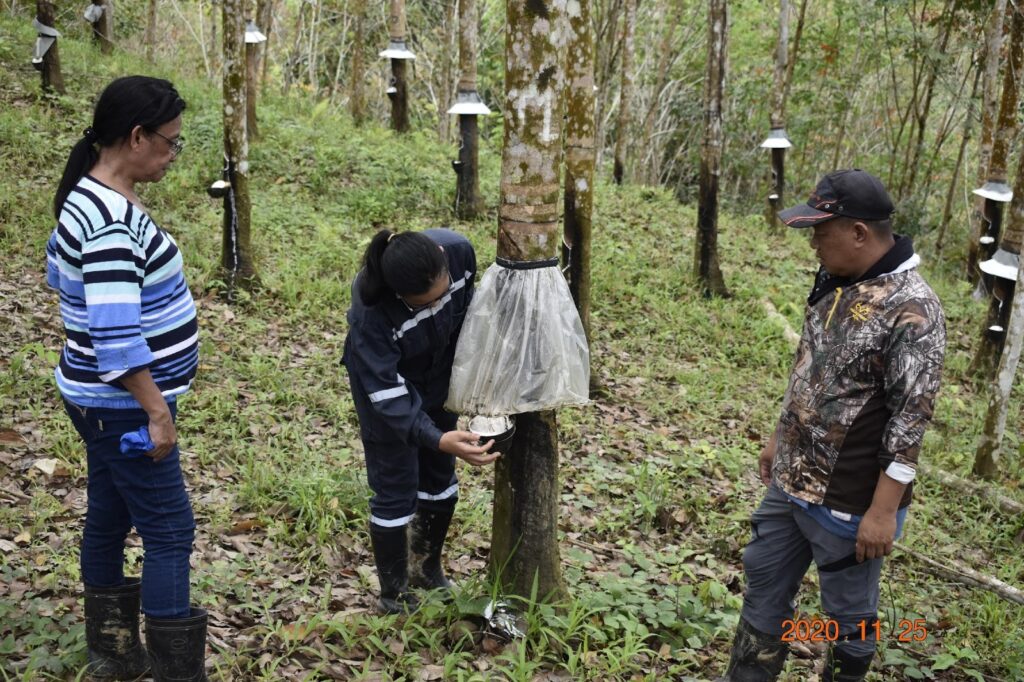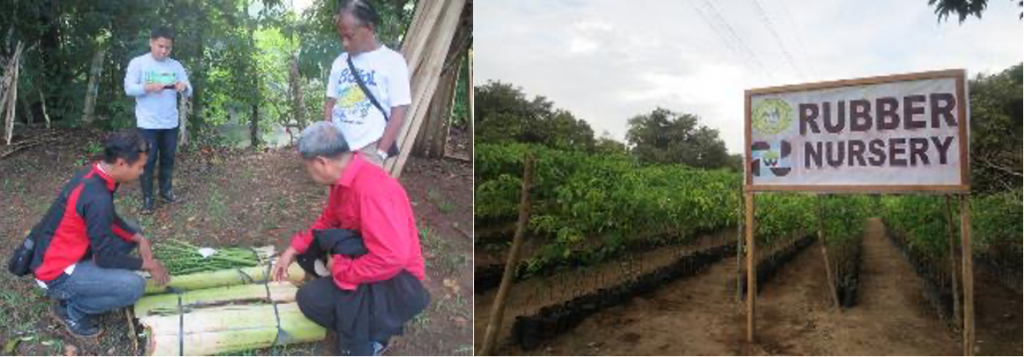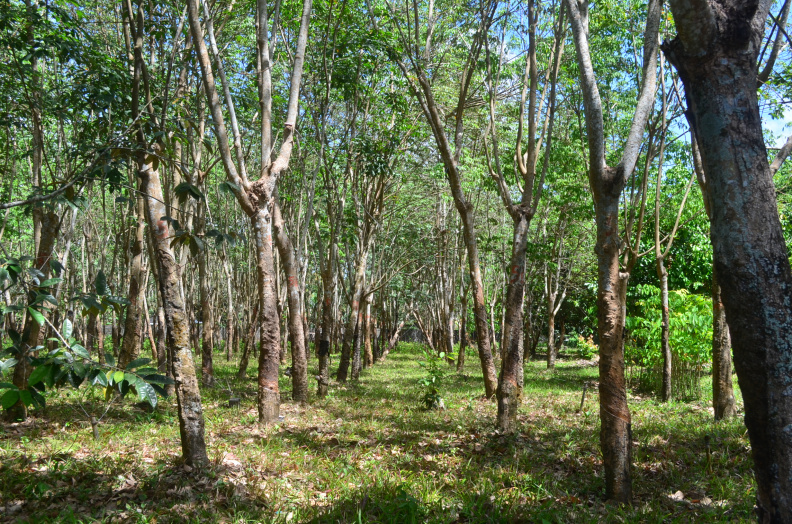Tool for Building Site Matching Functions for Rubber, Coffee and Cacao
Species-site compatibility is a crucial factor in the establishment of forest plantations (ERDB, 2010). In the past, species trials conducted showed that different species have their own site requirements to attain optimum growth and development. Reforestation efforts also failed because species- site compatibility was not given proper consideration. The importance of species-site matching functions lies …
Tool for Building Site Matching Functions for Rubber, Coffee and Cacao Read More »

